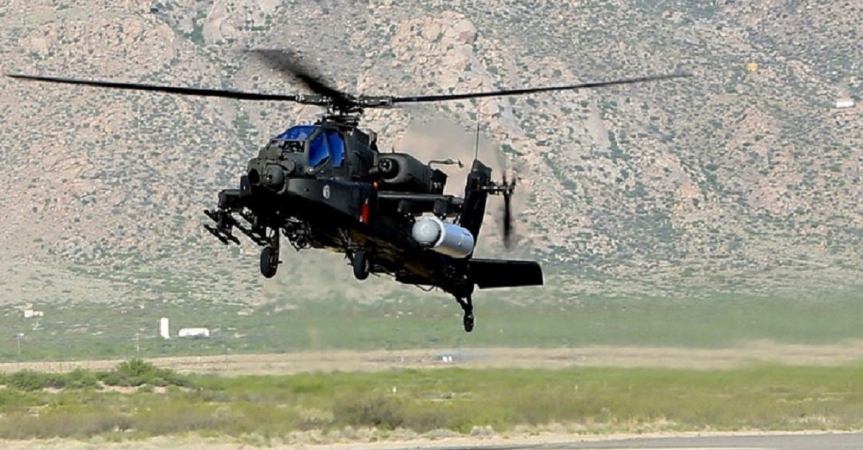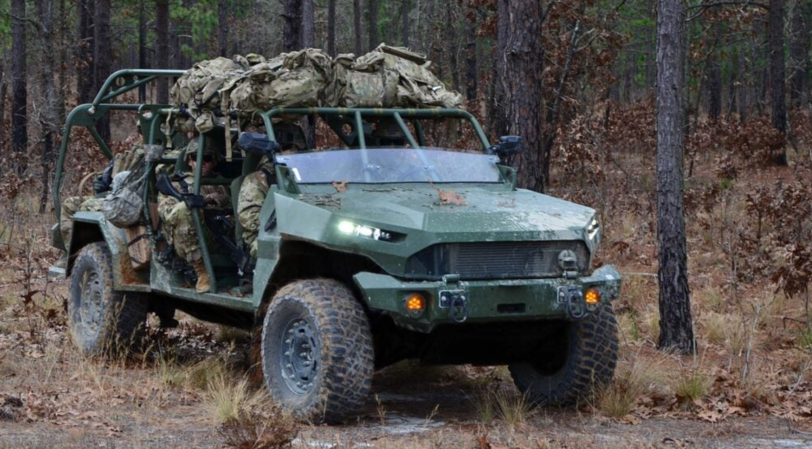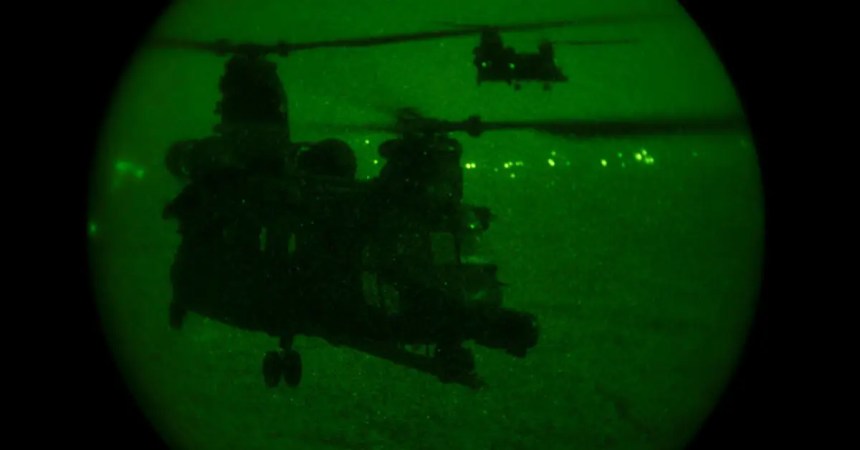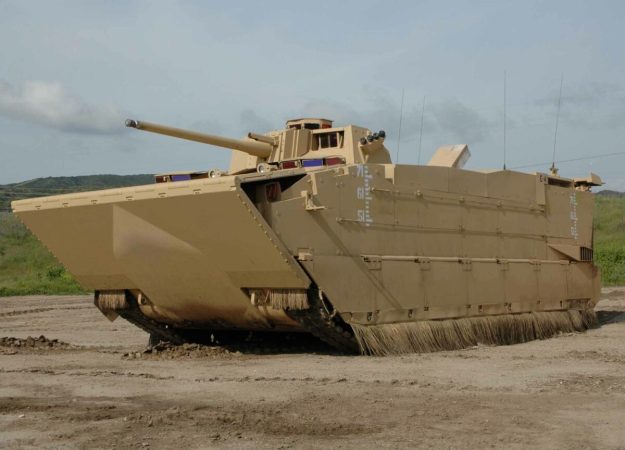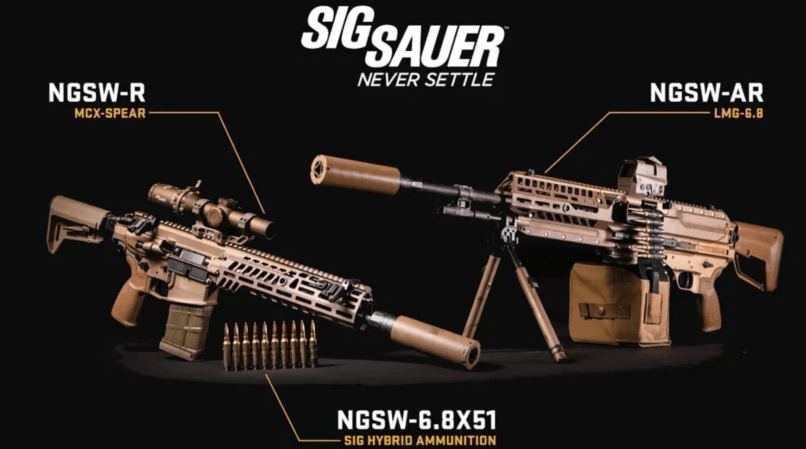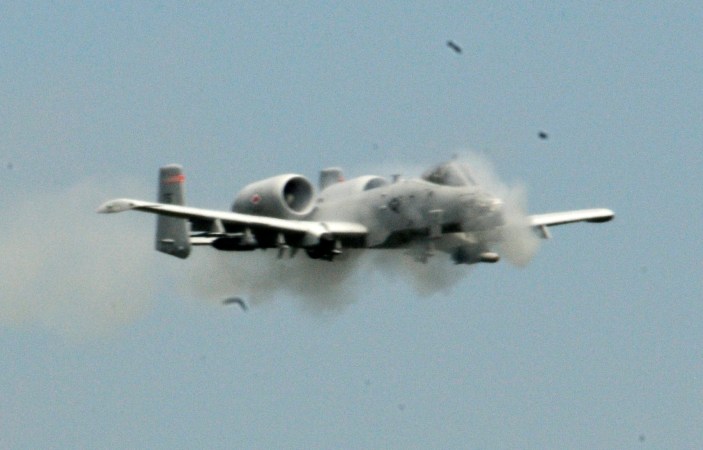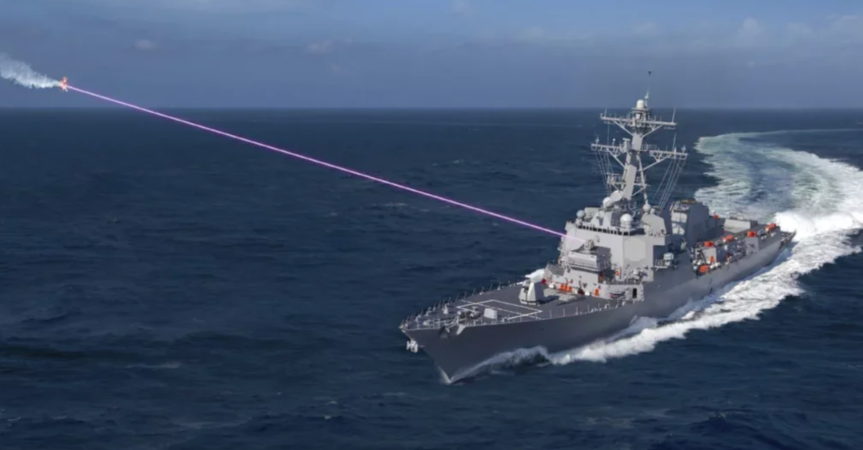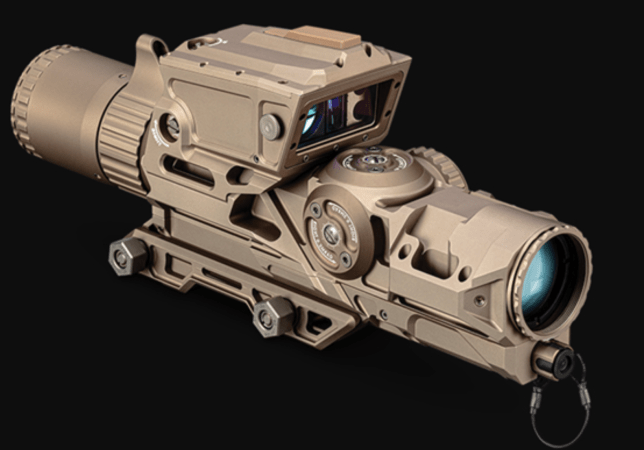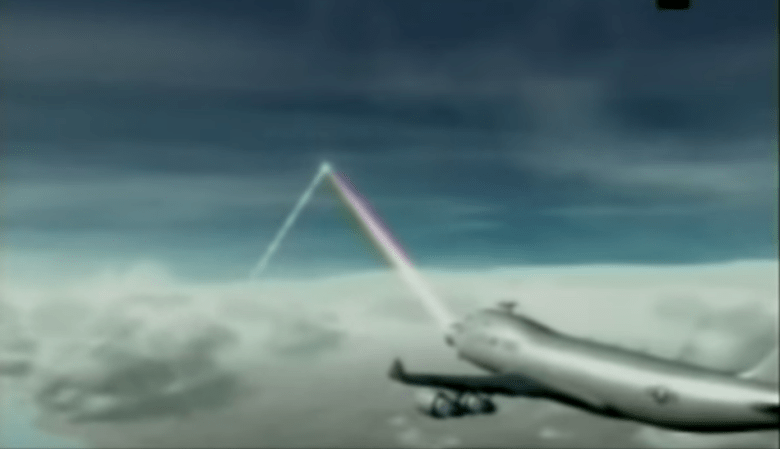In 2017, the United States Special Operations Command tested a high-energy laser on the AH-64 Apache attack helicopter, marking the first time such a weapon had been deployed aboard a rotary-wing aircraft. Since then, much has been done in secret to advance the impressive technology.
According to defense company Raytheon, the test was a complete success, “providing solid experimental evidence for the feasibility of high resolution, multi-band targeting sensor performance and beam propagation supportive of High Energy Laser capability for the rotary-wing attack mission.”

“This data collection shows we’re on the right track. By combining combat proven sensors, like the MTS, with multiple laser technologies, we can bring this capability to the battlefield sooner rather than later,” the release quoted Raytheon vice president of Advanced Concept and Technologies for Raytheon Space and Airborne Systems Art Morrish as saying.
The Apache used a HEL mated with a version of Raytheon’s Multi-Spectral Targeting System, which combined electro-optical and infrared sensors, against a number of targets. The data from this test will be used to future HEL systems to address unique challenges that stem from their installation on rotary-wing aircraft, including the effects of vibration, downwash, and dust.
In November 2022, the Army declared that the Common Infrared Countermeasures self-protection system (CIRCM), installed aboard over 100 undisclosed aircraft, had achieved initial operational capability.
According to Northrop Grumman, CIRCM is a compact technology that uses laser energy to protect aircraft from sophisticated infrared missiles. Its modular open systems architecture is built to evolve over time to counter new infrared threats. The Army’s UH-60 Black hawk helos are known to be equipped with the defense system, made by Northrop-Grumman, which began full production for the Army in May 2021.

The Apache has had laser systems since it entered service in 1984, but the lasers were low-power systems that are used to guide AGM-114 Hellfire air-to-ground missiles. A HEL will have the ability to destroy targets.

Lasers offer a number of advantages over artillery and missiles. Notably, they are invisible, and the power of the weapon can be adjusted to handle a specific material, like steel plating or Kevlar. HELs can even be set for non-lethal effects on people.




